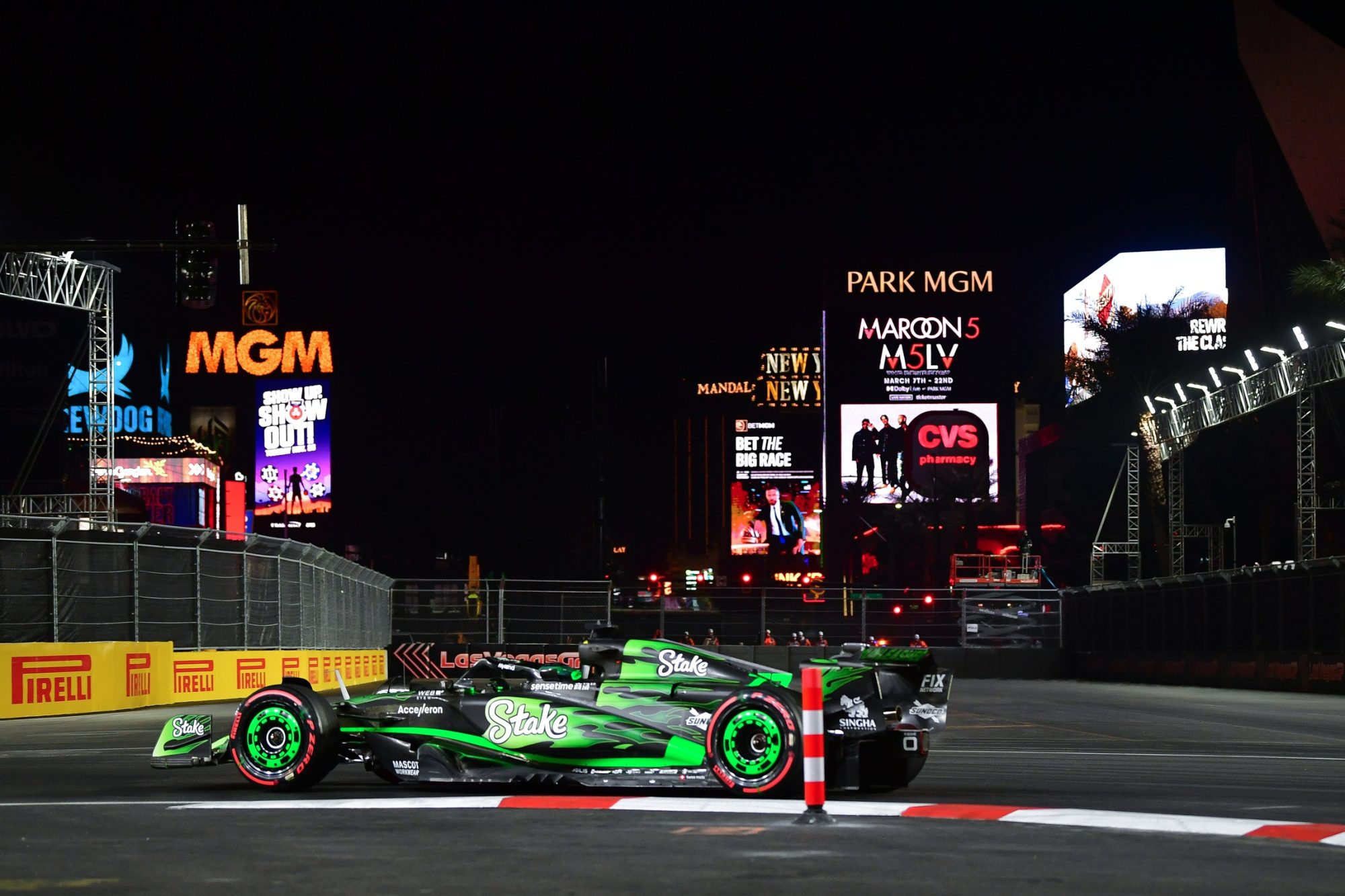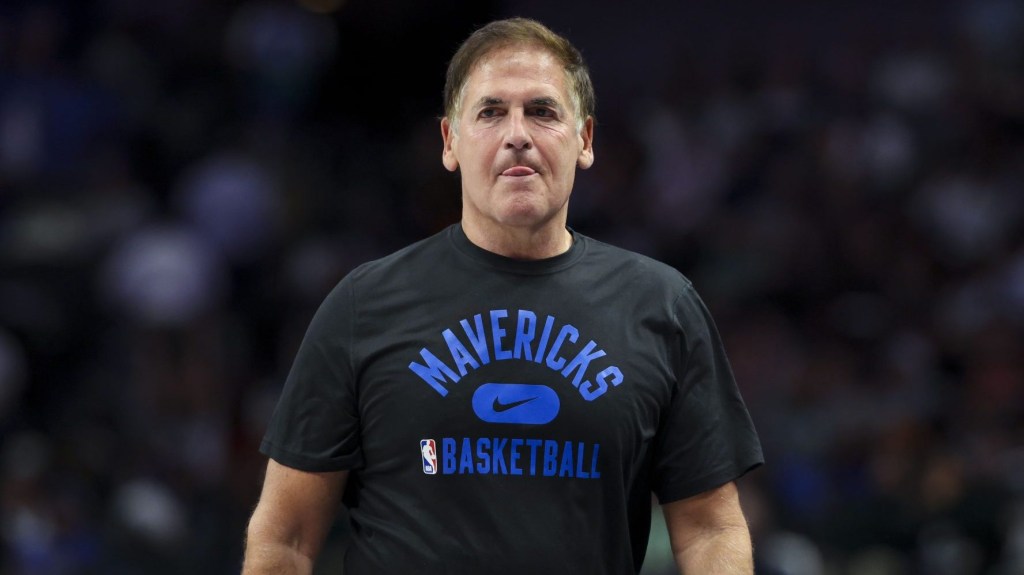The sequel of the Las Vegas Grand Prix was more exciting than the original—but it wasn’t enough to prevent a massive decline in U.S. viewership.
The Formula One race—which aired on ESPN on Sunday at 1 a.m. Eastern and 10 p.m. local time on Saturday—averaged 905,000 viewers, down about 30% from 1.3 million in 2023. The steep decline came despite Max Verstappen clinching the drivers’ championship over Lando Norris and an exciting performance from crowd favorite Lewis Hamilton, who started at 10th and finished second.
But the novelty and buzz that came with last year’s race was clearly not present this year—and F1’s chief commercial officer Emily Prazer acknowledged that when she told Front Office Sports to expect the race to be “calmer.”
The viewership numbers pale in comparison to other U.S.-based F1 races, as the Austin Grand Prix in October drew 1.3 million viewers while the Miami Grand Prix drew a U.S.-record 3.1 million viewers in May. However, the Miami GP is an example of the expected dip between the first two years, as the inaugural event in 2022 averaged 2.6 million viewers then dropped to 1.96 million in 2023.
But F1 seems to be aware that its viewership in the U.S. may not be as strong for the race in Sin City, particularly because of its 1 a.m. ET start time, which is 10 p.m. locally. Prazer told FOS that F1 still needs to prioritize its “other” markets, including Europe, the Middle East, and Asia.
“That’s our key territory. So a Sunday morning race in Europe is key for our broadcast figures, and we have to sacrifice something and sadly, the East Coast of America is that,” Prazer said.
10 p.m. in Las Vegas is 6 a.m. in London and 10 a.m. in Abu Dhabi. Those aren’t exactly peak viewing hours—but are more accessible than if the race started at around primetime in the U.S. A 5 p.m. Pacific Time start would be 1 a.m. in London and 5 a.m. in Abu Dhabi.
With two races left on the calendar, 2024 F1 viewership on ESPN, ESPN2, and ABC has averaged 1.08 million, down from the 1.1 million full-year average last year. It’s also down about 11% versus the 1.21 million average in 2022, which is still the record.

















